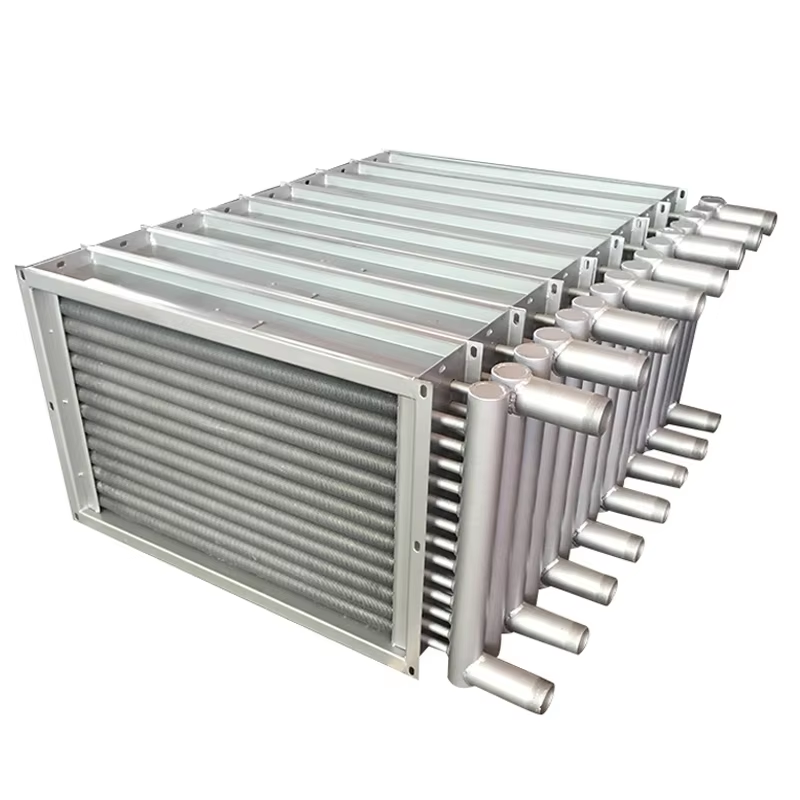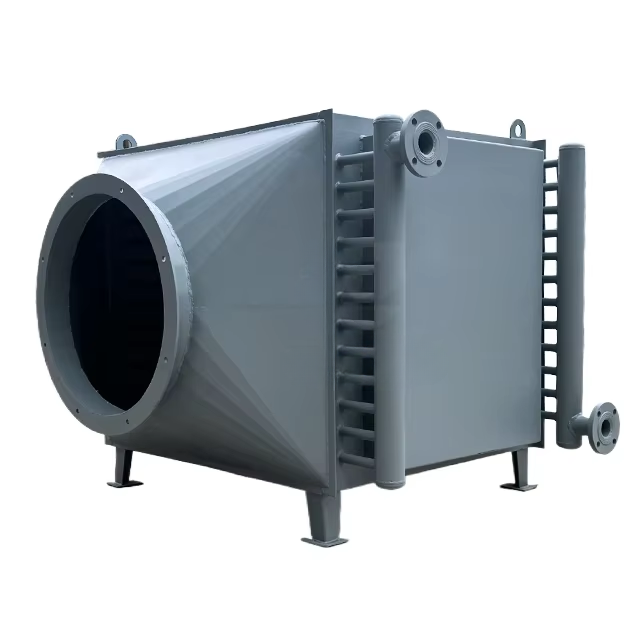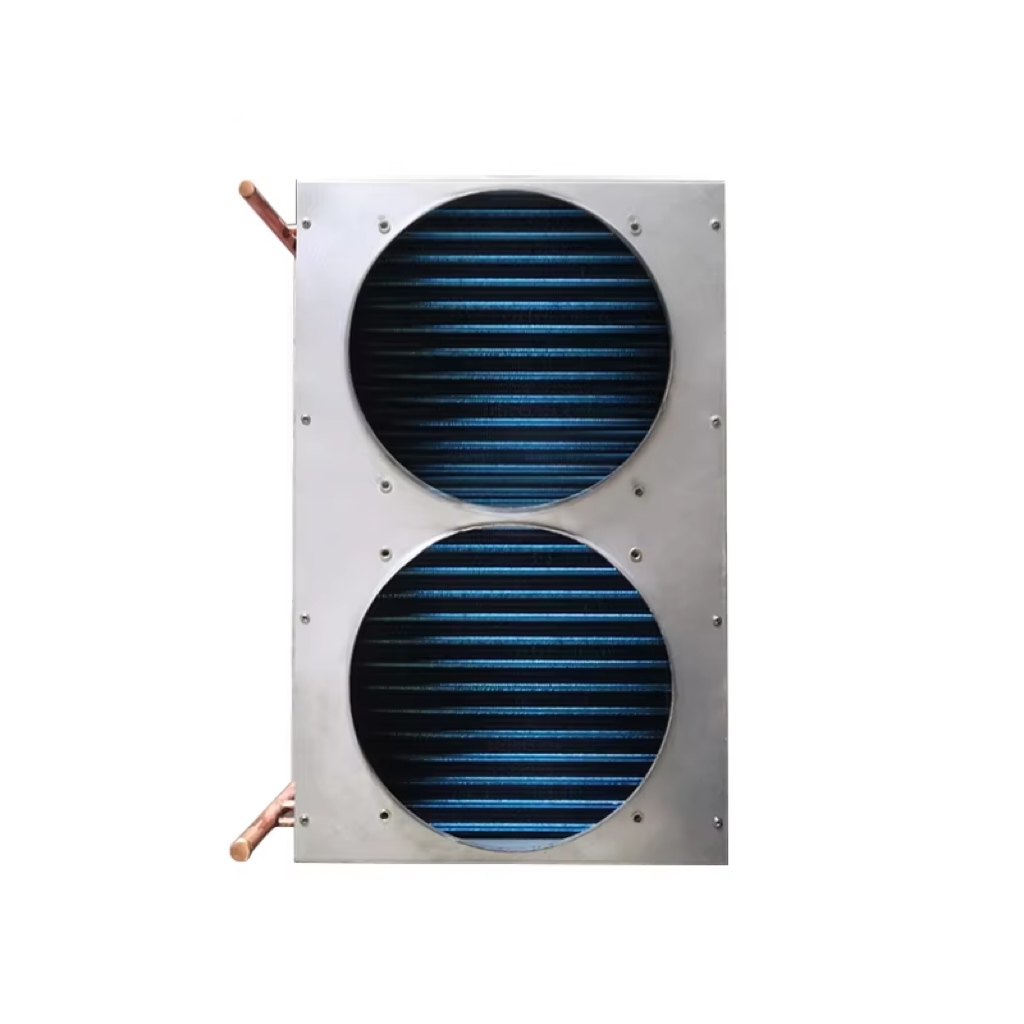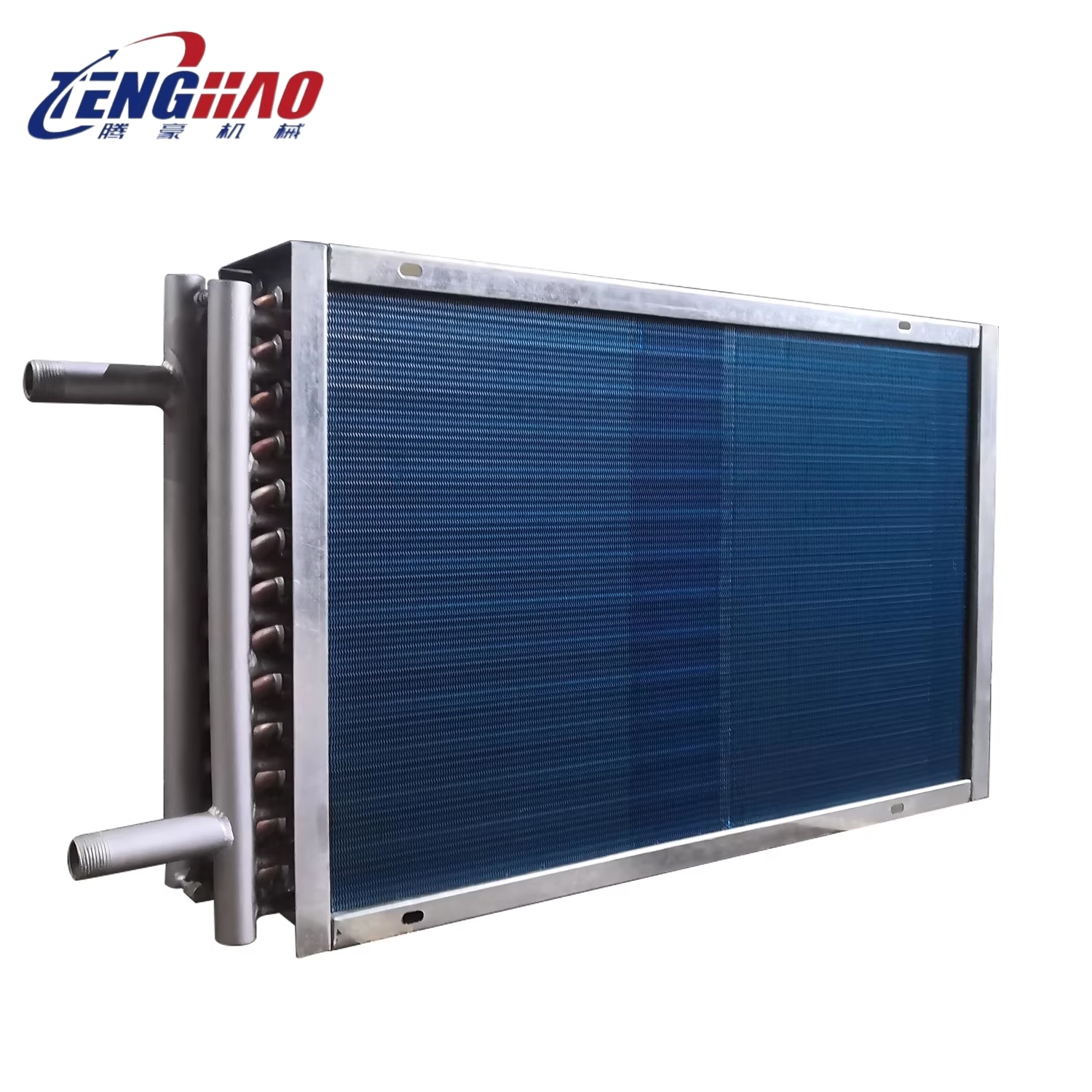Exploring the World of High-Efficiency Cooling
Welcome to your guide on achieving a comfortable indoor environment without excessive energy consumption. In an era where energy conservation is paramount, understanding and choosing high-efficiency air coolers can make a significant difference. These modern cooling solutions not only provide relief from the heat but also contribute to lower electricity bills and a reduced environmental impact, making them a key component of smart cooling solutions for any home or office.
Understanding What Defines High-Efficiency Air Coolers
What exactly makes an air cooler fall into the category of 'high-efficiency'? Several factors contribute. Firstly, advanced air cooler technology plays a crucial role. This can include improved motor designs that consume less power, high-density cooling pads that maximize water evaporation for better cooling with less energy, and optimized fan blade designs for greater airflow with minimal energy input. Some models also incorporate smart sensors and controls that adjust cooling based on ambient temperature and humidity, further preventing energy wastage. These features collectively ensure that the unit provides maximum cooling output for every watt of electricity consumed, distinguishing them from older, less efficient models.
A Guide to Selecting the Right Energy-Efficient Cooler
Choosing the perfect high-efficiency air cooler requires careful consideration of your specific needs. Start by assessing the size of the room you intend to cool; a unit that's too small will struggle and run constantly, negating efficiency, while an oversized unit can lead to excessive cooling and energy waste. Look for energy efficiency ratings or labels specific to air coolers in your region. Consider features like variable speed settings, timers, and remote controls, which can help you manage usage more effectively. For those seeking alternatives to traditional air conditioning, these units often represent a form of low-energy air conditioning, providing substantial cooling with significantly less power draw. Prioritizing energy-efficient coolers will ensure long-term savings and comfort.
Optimizing Performance: Installation and Placement Tips
To get the most out of your high-efficiency air cooler, proper installation and strategic placement are key. Unlike air conditioners that recirculate indoor air, evaporative air coolers require a source of fresh air to function optimally. Place your cooler near an open window or door to allow for a continuous supply of fresh air. This allows the unit to draw in warm, dry air, pass it over the water-saturated cooling pads, and expel cool, humidified air. Ensure there's a clear path for the cool air to circulate throughout the room. Avoid placing the unit in a completely enclosed space, as this will lead to increased humidity and reduced cooling effectiveness. Also, ensure the unit is placed on a level surface to prevent water spillage and ensure proper operation of the water pump and distribution system.
Maintaining Your Cooler for Sustainable Air Cooling
Regular maintenance is crucial for preserving the efficiency and lifespan of your air cooler, contributing to sustainable air cooling practices. Begin by regularly cleaning or replacing the cooling pads as recommended by the manufacturer; clogged or deteriorated pads can significantly reduce cooling efficiency and airflow. The water tank should also be drained and cleaned periodically to prevent the buildup of scale, algae, or bacteria, which can cause odors and reduce operational effectiveness. Dust the exterior and fan blades to ensure unobstructed airflow. For models with filters, clean or replace them regularly. These simple steps not inly ensure your cooler runs efficiently but also contribute to healthier air quality.
The Environmental and Cost Benefits of Eco-Friendly Cooling Systems
Opting for high-efficiency air coolers is a step towards embracing eco-friendly cooling systems. These units typically use significantly less electricity compared to conventional air conditioners – sometimes up to 75% less. This reduction in energy consumption directly translates to a smaller carbon footprint, as less power needs to be generated, often from fossil fuel sources. Beyond the environmental benefits, the lower energy usage results in substantial savings on your electricity bills. Furthermore, many air coolers use water as the cooling medium and do not rely on harmful refrigerants, making them a more environmentally sound choice throughout their lifecycle. This dual benefit of cost savings and environmental responsibility makes them an increasingly popular choice for conscientious consumers.






